-
BackX
-
Components
-
-
Category
-
Semiconductors
- Diodes
- Thyristors
-
Electro-insulated Modules
- Electro-insulated Modules | VISHAY (IR)
- Electro-insulated Modules | INFINEON (EUPEC)
- Electro-insulated Modules | Semikron
- Electro-insulated Modules | POWEREX
- Electro-insulated Modules | IXYS
- Electro-insulated Modules | POSEICO
- Electro-insulated Modules | ABB
- Electro-insulated Modules | TECHSEM
- Go to the subcategory
- Bridge Rectifiers
-
Transistors
- Transistors | GeneSiC
- SiC MOSFET Modules | Mitsubishi
- SiC MOSFET Modules | STARPOWER
- Module SiC MOSFET ABB’s
- IGBT Modules | MITSUBISHI
- Transistor Modules | MITSUBISHI
- MOSFET Modules | MITSUBISHI
- Transistor Modules | ABB
- IGBT Modules | POWEREX
- IGBT Modules | INFINEON (EUPEC)
- Silicon Carbide (SiC) semiconductor elements
- Go to the subcategory
- Gate Drivers
- Power Blocks
- Go to the subcategory
- Electrical Transducers
-
Passive components (capacitors, resistors, fuses, filters)
- Resistors
-
Fuses
- Miniature Fuses for electronic circuits - ABC & AGC Series
- Tubular Fast-acting Fuses
- Time-delay Fuse Links with GL/GG & AM characteristics
- Ultrafast Fuse Links
- Fast-acting Fuses (British & American standard)
- Fast-acting Fuses (European standard)
- Traction Fuses
- High-voltage Fuse Links
- Go to the subcategory
- Capacitors
- EMI Filters
- Supercapacitors
- Power surge protection
- Go to the subcategory
-
Relays and Contactors
- Relays and Contactors - Theory
- 3-Phase AC Semiconductor Relays
- DC Semiconductor Relays
- Controllers, Control Systems and Accessories
- Soft Starters and Reversible Relays
- Electromechanical Relays
- Contactors
- Rotary Switches
-
Single-Phase AC Semiconductor Relays
- AC ONE PHASE RELAYS 1 series| D2425 | D2450
- One phase semiconductor AC relays CWA and CWD series
- One phase semiconductor AC relays CMRA and CMRD series
- One phase semiconductor AC relays - PS series
- Double and quadruple semiconductor AC relays - D24 D, TD24 Q, H12D48 D series
- One phase semiconductor relays - gn series
- Ckr series single phase solid state relays
- One phase AC semiconductor relays for DIN bus - ERDA I ERAA series
- 150A AC single phase relays
- Rail Mountable Solid State Relays With Integrated Heat Sink - ENDA, ERDA1 / ERAA1 series
- Go to the subcategory
- Single-Phase AC Semiconductor Relays for PCBs
- Interface Relays
- Go to the subcategory
- Cores and Other Inductive Components
- Heatsinks, Varistors, Thermal Protection
- Fans
- Air Conditioning, Accessories for Electrical Cabinets, Coolers
-
Batteries, Chargers, Buffer Power Supplies and Inverters
- Batteries, Chargers - Theoretical Description
- Modular Li-ion Battery Building Blocks, Custom Batteries, BMS
- Batteries
- Battery Chargers and Accessories
- Uninterruptible Power Supply and Buffer Power Supplies
- Inverters and Photovoltaic Equipments
- Energy storage
- Fuel cells
- Lithium-ion batteries
- Go to the subcategory
-
Automatics
- Futaba Drone Parts
- Limit Switches, Microswitches
- Sensors, Transducers
-
Infrared Thermometers (Pyrometers)
- IR-TE Series - Water-proof Palm-sized Radiation Thermometer
- IR-TA Series - Handheld Type Radiation Thermometer
- IR-H Series - Handheld Type Radiation Thermometer
- IR-BA Series - High-speed Compact Radiation Thermometer
- IR-FA Series - Fiber Optic Radiation Thermometer
- IR-BZ Series - Compact Infrared Thermometers
- Go to the subcategory
- Counters, Time Relays, Panel Meters
- Industrial Protection Devices
- Light and Sound Signalling
- Thermographic Camera
- LED Displays
- Control Equipments
-
Recorders
- Hybrid Recorders - AL3000 Series | CHINO
- Graphic Recorder - KR2000 Series | CHINO
- Ubiquitous Recorders - KR5000 Series | CHINO
- Palm-sized Temperature/Humidity Meters - HN-CH Series | CHINO
- Consumables for Recorders
- 71VR1 - Compact Paperless Recorder | M-SYSTEM
- Graphic Recorder - KR3000 Series | CHINO
- PC Recorders - R1M Series | M-SYSTEM
- PC Recorders - R2M Series | M-SYSTEM
- PC Recorders - RZMS Series | M-SYSTEM
- PC Recorders - RZUS Series | M-SYSTEM
- Go to the subcategory
- Go to the subcategory
-
Cables, Litz wires, Conduits, Flexible connections
- Wires
- Litz wires
- Cables for extreme applications
- Sleevings
-
Braids
- Flat Braids
- Round Braids
- Very Flexible Flat Braids
- Very Flexible Round Braids
- Cylindrical Cooper Braids
- Cylindrical Cooper Braids and Sleevings
- Flexible Earthing Connections
- Galvanized and Stainless Steel Cylindrical Braids
- PCV Insulated Copper Braids (temp. up to 85C)
- Flat Aluminium Braids
- Junction Set - Braids and Tubes
- Go to the subcategory
- Traction Equipment
- Cable Terminals
- Flexible Insulated Busbars
- Flexible Multilayer Busbars
- Cable Duct Systems
- Hoses
- Go to the subcategory
- View all categories
-
Semiconductors
-
-
- Suppliers
-
Applications
- CNC Machine Tools
- DC and AC Drives (Inverters)
- Energetics
- Energy bank
- Equipment and Components for Hazardous Areas [Ex]
- Equipment for Distribution, Control and Telecommunications Cabinets
- HVAC Automation
- Induction Heating
- Industrial Automation
- Industrial Protective Devices
- Machines for Drying and Wood Processing
- Machines for Thermoforming Plastics
- Mining, Metallurgy and Foundry
- Motors and Transformers
- Power Supplies (UPS) and Rectifier Systems
- Printing
- Temperature Measurement and Regulation
- Test and Laboratory Measurements
- Tram and Railway Traction
- Welding Machines
-
Assembly
-
-
Inductors
-
-
Induction devices
-
-
https://www.dacpol.eu/pl/naprawy-i-modernizacje
-
-
Service
-
- Contact
- Zobacz wszystkie kategorie
Comparison of capacitive and resistive touch panels: Which solution is better for your business?

Choosing the right touch solution can be a challenge for many companies looking to implement innovative technologies in their products or processes. The two most commonly used types – capacitive touch screens and resistive touch panels – have unique advantages and are used in various environments. Understanding these differences will help select the ideal solution to ensure optimal performance, durability, and user convenience in a given application.
Capacitive Touch Screens – Excellent Precision and Modern Design
Capacitive touch panels, often referred to as PCAP (Projected Capacitive) screens, are a technology widely used in mobile devices such as smartphones and tablets, where fast and intuitive interaction is a priority. A capacitive touch panel works by detecting changes in the electrostatic field on the screen's surface. This method makes capacitive screens exceptionally sensitive to touch, allowing operation with gentle gestures.
Advantages of Capacitive Touch Panels:
- Precise touch detection – A capacitive touch screen is highly accurate, responding to even the slightest user gestures. This makes it ideal for applications requiring high precision, such as user interfaces in medical devices, POS applications, or advanced control systems.
- Multi-touch support – Capacitive touch screens support multi-touch functionality, enabling advanced gestures such as zooming or scrolling. This feature is especially useful in interactive devices and enhances user intuitiveness.
- Modern look and durability – Capacitive touch panels are typically covered with durable glass, which not only provides an elegant appearance but also protects the surface from scratches, dust, and other damage. This makes capacitive screens an ideal solution for devices used publicly, such as information kiosks.
- Increased resistance to dirt – The surface of capacitive screens is easy to clean, making them ideal for industries where cleanliness and hygiene are a priority, such as healthcare, food service, and the food industry.
With these features, capacitive touch screens are an excellent choice for companies that value modernity, intuitiveness, and high-quality user interaction.
Resistive Touch Panels – Reliability and Versatility in Harsh Conditions
Resistive touch panels operate based on pressure detection. They consist of two transparent layers that touch when force is applied to the screen. This allows for precise control regardless of whether the user is using their hand, a stylus, or gloves, making resistive panels a popular choice in industrial and specialized environments.
Advantages of Resistive Touch Screens:
- Reliability in various environments – Resistive touch panels work well in environments with high levels of dust, humidity, or extreme temperatures. Due to their resistance to challenging conditions, resistive screens are widely used in industries such as logistics and transportation, where equipment must function flawlessly even in adverse conditions.
- Versatile usage – A resistive touch panel can be operated with any tool, enabling use even by users wearing gloves or using specialized tools. This makes resistive touch panels suitable for medical devices, military equipment, and applications where standard touch operation is insufficient.
- Low sensitivity to external interference – The resistive panel functions smoothly regardless of the presence of water, dust, or other contaminants. This makes resistive touch screens suitable for locations where other technologies might struggle to perform.
- Cost-effectiveness – Compared to capacitive panels, resistive touch panels are more budget-friendly. For companies looking for a solid, economical solution that is durable, resistive touch screens may be an attractive choice, especially for larger orders.
Resistive touch panels are, therefore, the optimal solution for companies that need reliable technology suited to extreme conditions and specialized applications.
Which Touch Panel to Choose?
The choice between a capacitive and a resistive touch screen largely depends on the environment in which they will be used and the specific requirements of end-users. Capacitive screens are more aesthetic, modern, and convenient to use, making them the best for consumer devices, POS systems, and interactive kiosks. For industries where aesthetics, high touch sensitivity, and multi-touch capability are essential, capacitive screens are an ideal choice.
On the other hand, resistive touch panels are an excellent option for industry, logistics, and applications where the screen must function reliably in conditions of high dust, humidity, or extreme temperatures. Reliability, durability, and the ability to operate using various tools make resistive touch screens the ideal choice for specialized and professional applications.
Summary
Each type of touch panel – capacitive and resistive – has its unique advantages that meet different business needs. For companies seeking a modern, elegant, and touch-sensitive solution that offers multi-touch support, capacitive touch screens are an excellent choice. Meanwhile, companies operating in environments that demand durability, versatility, and resistance to extreme conditions may opt for resistive touch panels, which perform well in the toughest applications.
A careful analysis of your company's needs and the conditions in which the screens will be used will help make the best decision. Choosing the right touch solution can improve the efficiency and reliability of operations while enhancing end-user satisfaction.
Related products
Related posts
 Now available – DC/DC converters from PREMIUM
Now available – DC/DC converters from PREMIUM
 New release in DACPOL lighting for lathes – Kira covers
New release in DACPOL lighting for lathes – Kira covers




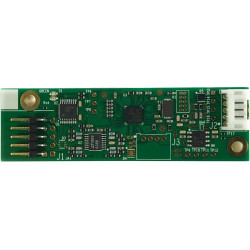
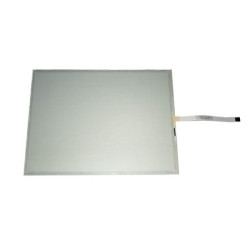
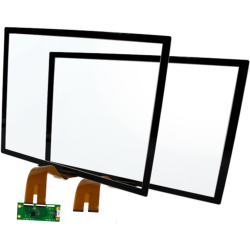
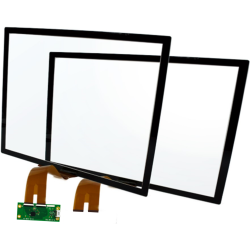
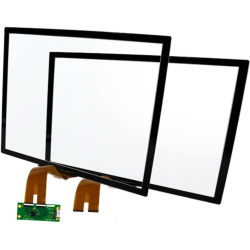
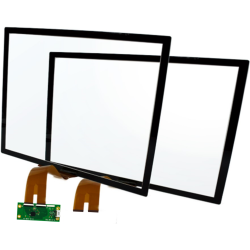
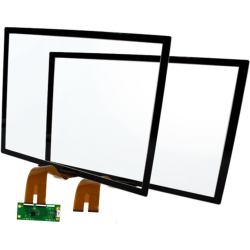
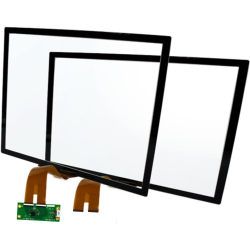
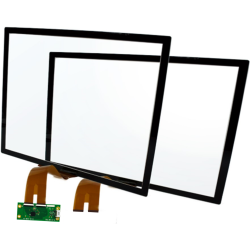
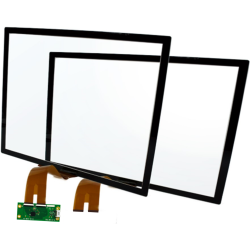
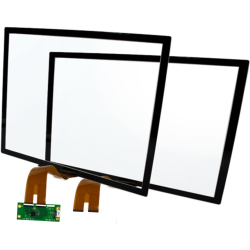
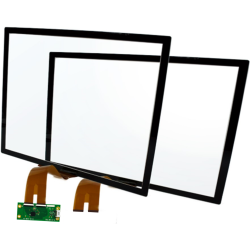
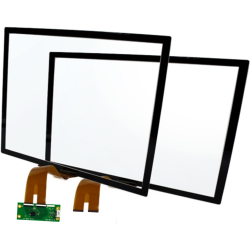
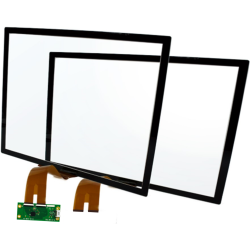
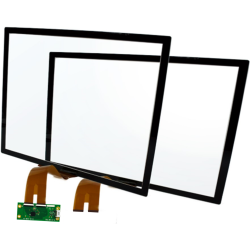
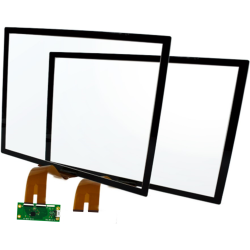
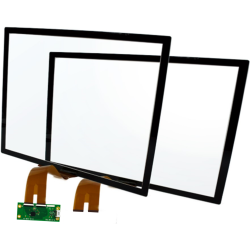
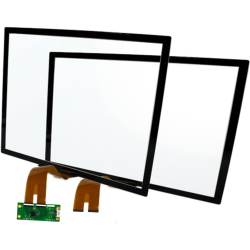
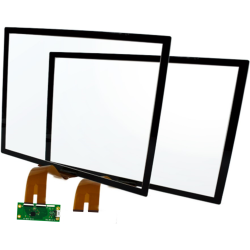
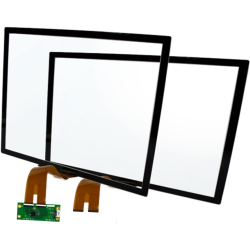
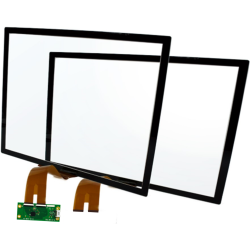
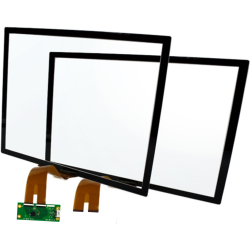
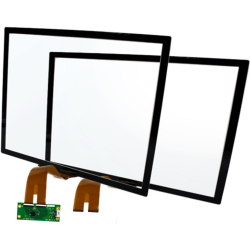
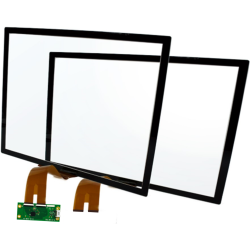
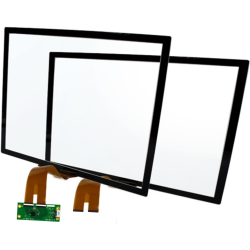
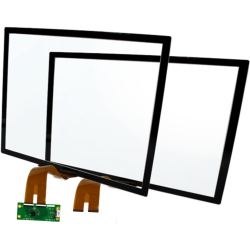
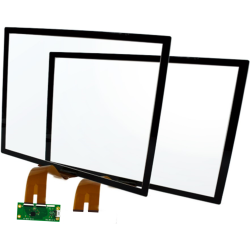
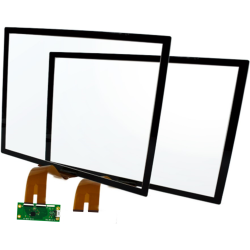
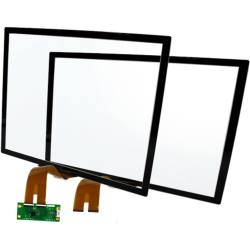
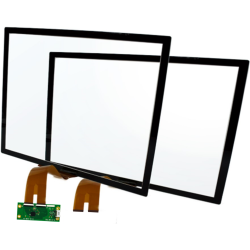
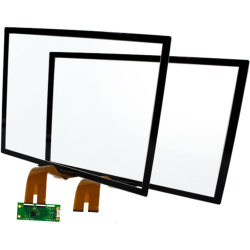
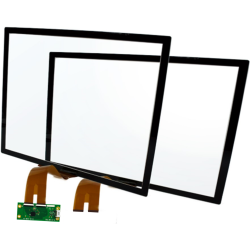
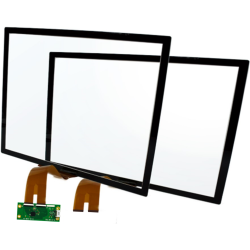
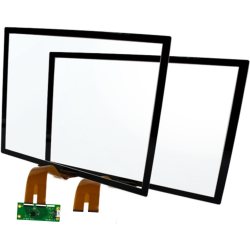
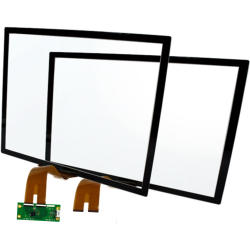
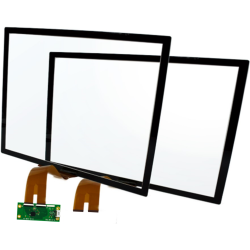
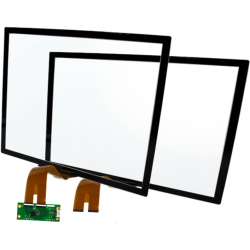
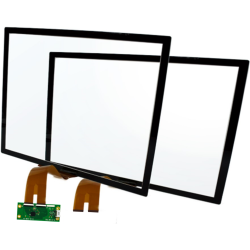
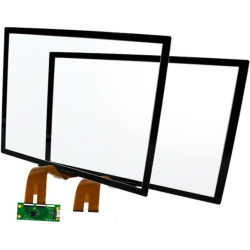
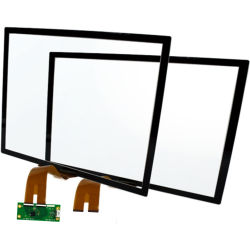
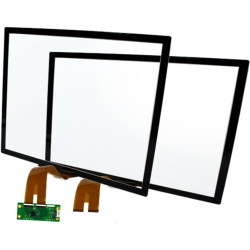
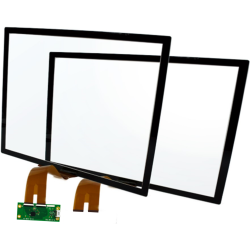
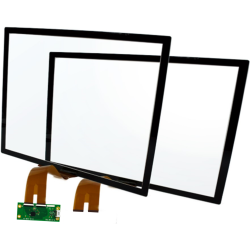
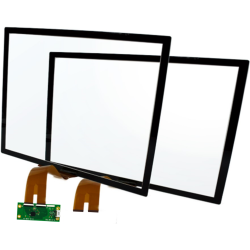
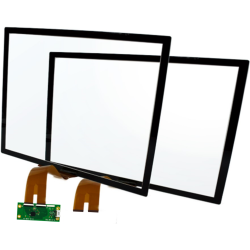
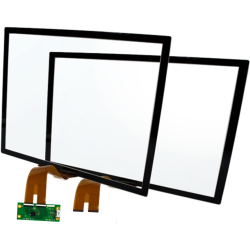
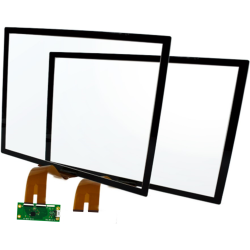
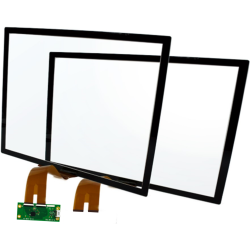
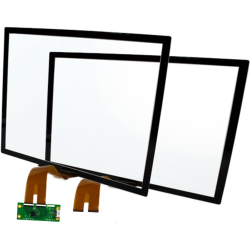
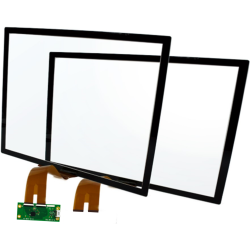
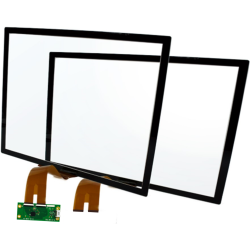
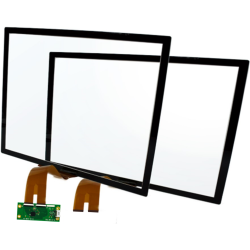
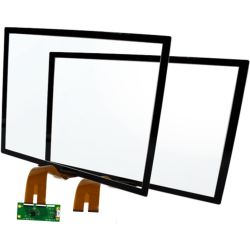
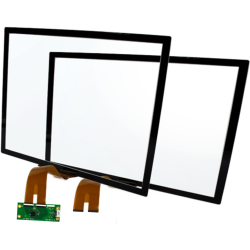
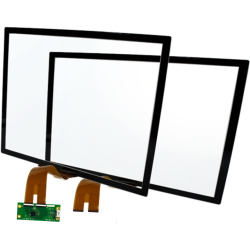
Leave a comment